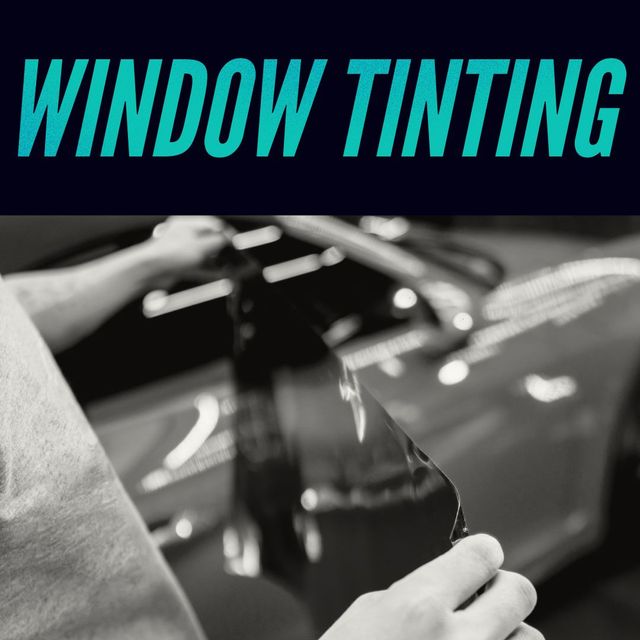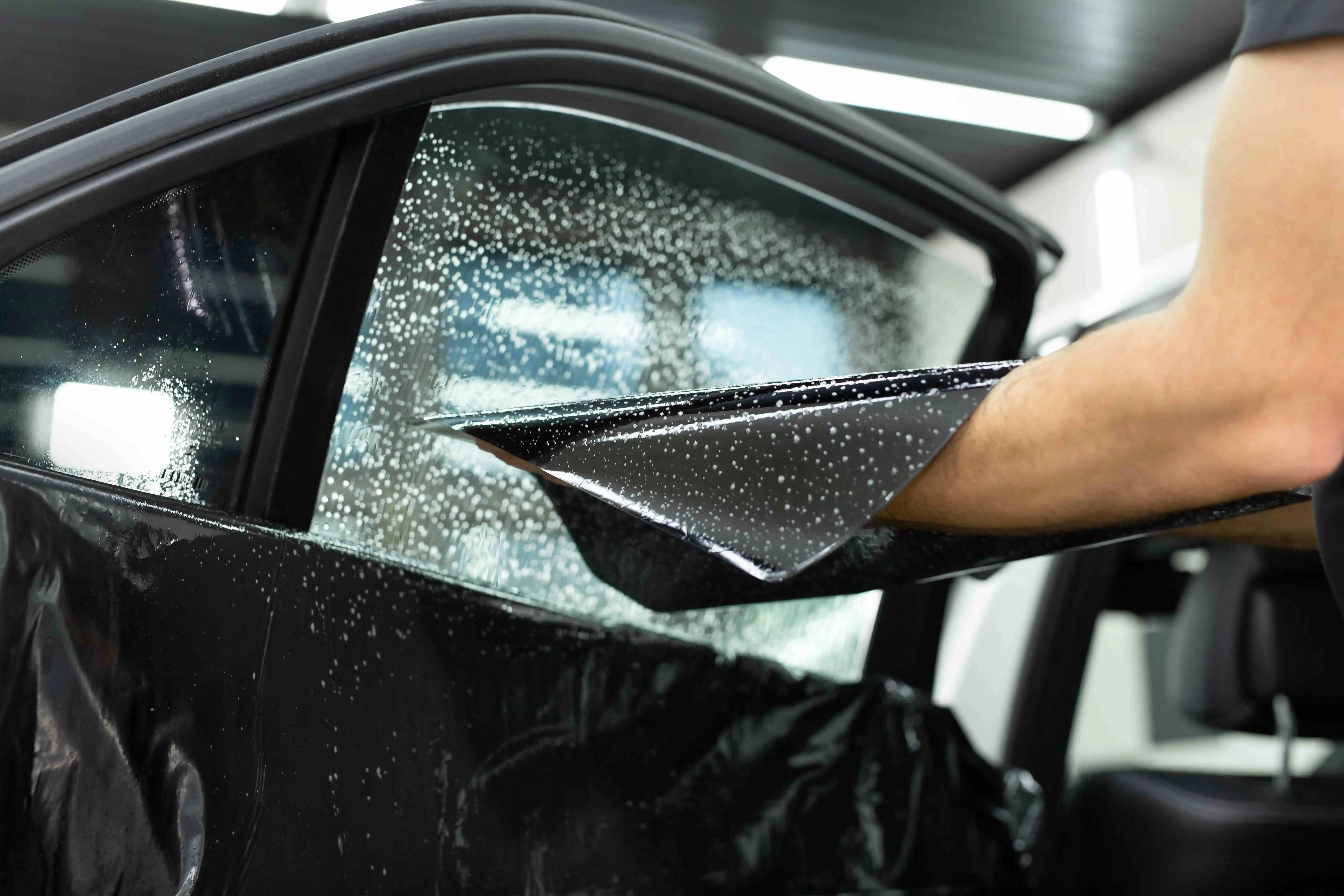Top Factors to Pick Specialist Automobile Window Tinting Providers
Top Factors to Pick Specialist Automobile Window Tinting Providers
Blog Article
Window Tinting Laws and Standards: What You Required to Know Before Tinting Your Cars And Truck
Prior to proceeding with window tinting for your car, it is important to familiarize yourself with the diverse laws and guidelines that control this technique throughout various states. These laws determine the acceptable degrees of color darkness, usually determined by visible light transmission (VLT) portions, and consist of particular specifications for front windscreens aimed at guaranteeing road safety and security.
Introduction of Home Window Tinting Rules
Home window tinting laws are frequently based on variant across different territories, showing neighborhood policies and safety and security factors to consider. These regulations determine the permitted degrees of color darkness and reflectiveness on automobile windows, making certain that chauffeurs preserve sufficient presence while additionally shielding against hazardous UV rays and warm.
Many laws identify window tinting based on the Visible Light Transmission (VLT) percent, which suggests the amount of light that can pass via the window. Generally, lower VLT percentages symbolize darker tints. Legislations usually set apart in between the front, side, and back home windows, with more stringent restrictions used to the front windscreen to improve safety and security for both the motorist and other roadway customers.
Furthermore, some jurisdictions impose limitations on the reflectivity of the color, preventing excessive glow that could harm presence. Exemptions to these laws may exist for individuals with details medical problems requiring added sunlight protection. Conformity with window tinting laws is vital, as infractions can lead to penalties, compulsory elimination of the color, and prospective increases in insurance costs. It is vital for car owners to acquaint themselves with neighborhood laws before proceeding with window tinting installations.
State-by-State Color Regulations
Recognizing the specific home window tinting policies in each state is important for car owners looking for to follow the law. Each state in the united state has actually developed its own collection of policies regulating window tinting, which can differ dramatically. These regulations frequently determine the allowable levels of color darkness, the sorts of windows that can be tinted, and any type of clinical exceptions that might apply.
As an example, states like The golden state have stringent constraints on tint darkness for front windows, while others, such as New Mexico, may allow darker tints. Furthermore, certain states mandate specific exposure percents for numerous home windows, including the windscreen, front side home windows, and back home windows. It is crucial for cars and truck proprietors to familiarize themselves with their state's legislations to stay clear of possible fines or fines.
Additionally, some states may require a certification sticker to be put on colored home windows, showing conformity with state laws. Failure to stick to these policies not just takes the chance of lawful effects yet can likewise affect safety and security and exposure while driving. Vehicle owners should carry out extensive study or seek advice from local authorities to make sure complete understanding and compliance with state-by-state tint regulations.
Allowed Tint Types and degrees
Lots of automobile owners might be shocked to discover that permitted tint levels and types vary widely throughout different states. Each state has developed its very own policies pertaining to the allowable darkness and reflectivity of window tint, usually measured by Visible Light Transmission (VLT) percents. VLT refers to the quantity of light that can travel through the tinted windows; hence, a reduced percent shows a darker color.

Additionally, the kinds of tint products allowed can differ, with some states prohibiting metal or mirror-like surfaces. It is important for car owners to familiarize themselves with their state's details legislations to guarantee conformity. Non-compliance can cause fines, compulsory removal of the color, or other legal effects, making it crucial to comprehend these policies prior to continuing with setup.
Medical Exemptions for Tinting
While not all states offer allocations for clinical exemptions pertaining to window tinting, those that do acknowledge the necessity for certain individuals to enhance exposure and comfort as a result of medical problems. Various clinical problems, such as lupus, skin cancer, and particular eye conditions, can make individuals particularly delicate to sunlight. Consequently, these individuals may call for darker tints to shield themselves from damaging UV rays and glare.

It is essential to note that despite having a clinical exception, there may still be limitations on the level of color enabled. Conformity with state legislations guarantees that people are both secured and within lawful limitations. Those thinking about clinical exceptions need to call their neighborhood Division of Electric motor Vehicles or equal authority to understand the treatments and needs essential to request an exemption successfully.
Fines for Non-Compliance
Falling short to follow home window tinting regulations can bring about substantial penalties, which vary by state. Regulation enforcement companies are encouraged to release citations for cars that do not comply with the defined tinting regulations. These penalties commonly include penalties, which can vary from modest amounts to several hundred bucks, depending upon the severity of the violation and the state concerned.
In some jurisdictions, repeated offenses may cause intensifying penalties or extra penalties, such as mandatory court appearances. Non-compliance might demand the elimination of illegal tinting, typically at the proprietor's cost. In severe cases, habitual culprits may browse around these guys encounter suspension of their lorry registration till compliance is attained.
Furthermore, insurance policy ramifications may develop from receiving numerous citations for window color violations. Insurance firms may check out such infractions as a sign of riskier behavior, possibly leading to raised premiums or trouble in insurance coverage.
To avoid these charges, it is vital for lorry proprietors to familiarize themselves with their regional window tinting legislations and make certain that their lorry complies (Window Tinting). This positive strategy not only stays clear of legal ramifications however additionally promotes road safety
Conclusion

Many guidelines classify home window tinting based on the Visible Light Transmission (VLT) percent, which shows the quantity of light that can pass through the window. Compliance with window tinting policies is essential, as offenses can result in fines, mandatory removal of the tint, and potential boosts in insurance policy premiums.Recognizing the specific home window tinting regulations in each state is essential for lorry owners seeking to comply with the regulation. These regulations frequently determine the allowed levels of tint darkness, the types of windows that can be tinted, and any kind of clinical exceptions that might use.
For circumstances, states like The golden state have stringent constraints on color darkness for front windows, while others, such as New Mexico, may enable darker colors.
Report this page